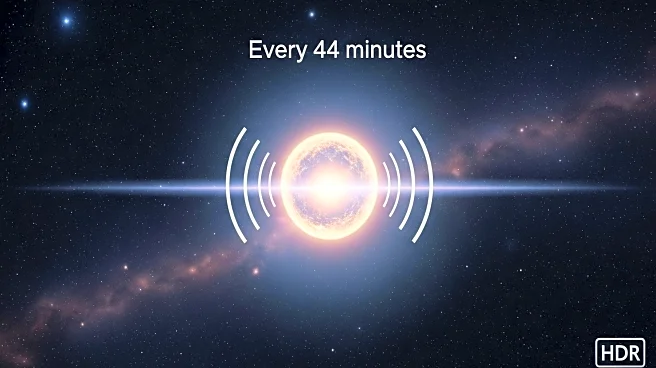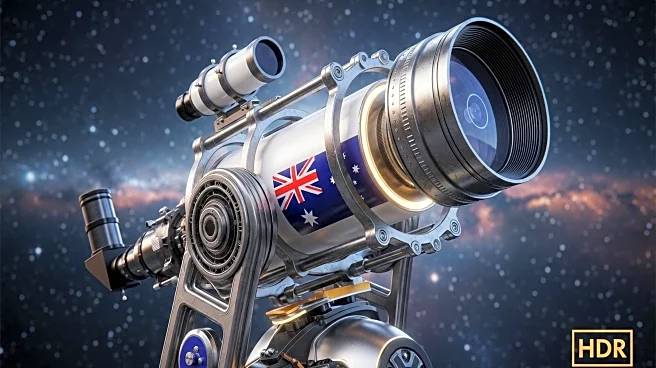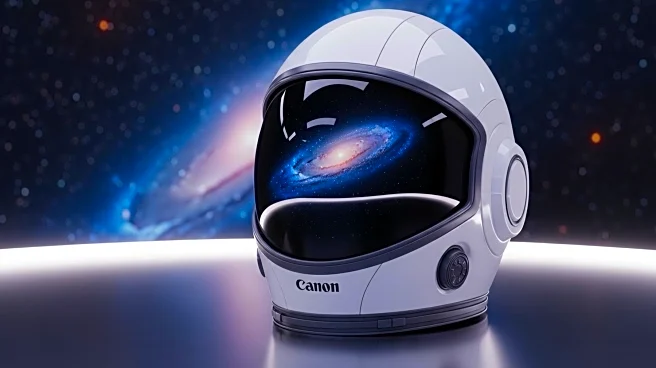What's Happening?
Researchers from the University of Sydney have developed a software fix to address image blurring issues in the James Webb Space Telescope (JWST). The blurring was caused by subtle electronic distortions in the telescope's infrared camera detector, reminiscent
of the Hubble Space Telescope's early issues. The software solution, known as AMIGO, uses advanced simulations and neural networks to model the telescope's optics and electronics, correcting the focus from the ground without the need for a space mission. This breakthrough has restored the telescope's ability to capture high-resolution images of celestial objects, including exoplanets and black hole jets.
Why It's Important?
The correction of image blurring in the JWST is significant for the field of astronomy, as it enhances the telescope's ability to capture detailed images of distant celestial objects. This improvement allows scientists to study phenomena such as black holes and exoplanets with greater precision, potentially leading to new discoveries about the universe. The software solution also demonstrates the power of data-driven approaches in solving complex technical challenges, highlighting the role of innovation in advancing scientific research.
What's Next?
The research team plans to distribute the new code to other researchers working with the JWST, enabling further studies and discoveries. The success of this software solution may inspire similar approaches to address technical issues in other space observatories, potentially reducing the need for costly space missions. The ongoing research and development in this area could lead to more efficient and effective methods for maintaining and enhancing the capabilities of space telescopes.
Beyond the Headlines
This development underscores the importance of international collaboration in space science, as researchers from different countries contribute to solving global scientific challenges. The use of software solutions to address technical issues in space telescopes may also influence future designs, prioritizing adaptability and remote problem-solving capabilities. Additionally, the success of this project highlights the potential for academic institutions to play a crucial role in advancing space technology.













